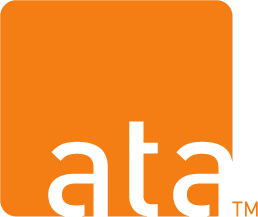The rollout of a new WIC telehealth solution requires thoughtful collaboration between telehealth vendors, IT departments, and WIC State Agency and local agency staff to ensure successful implementation. In 2022, THIS-WIC interviewed participating telehealth vendors to understand their perspectives on establishing partnerships with WIC State Agencies. Here are some best practices for telehealth vendors and WIC agencies to consider.
Create technical assistance to support both staff and client experiences

A well-designed technical assistance approach should include both WIC staff and clients. WIC State and/or Local agencies and telehealth vendors should work closely together to design a solution that meets the needs of both staff and WIC clients. Ideally, technical assistance would be built with feedback from both the staff who will be using the telehealth solution as well as WIC clients. As one vendor explained, “WIC is always considering what their staff have to do, what’s the impact to them (with telehealth). What does that patient consumer journey look like through WIC, what support is needed?”
Create a communication channel with local staff

Vendors stated that each local agency may have unique challenges and questions. Vendors should work closely with WIC staff to establish a process that allows local staff to directly address any concerns or questions that may arise during the implementation process. As one vendor explained, “[the State Agency] uses a SharePoint discussion board and all the materials are posted there, and there’s a discussion board that when agencies are having lots of questions, I’m on that site, and so I could answer those questions directly. That was super helpful because we could hear directly from the local agency staff.”
Organize regular office hours with local agency staff
Recurring office hours at the start of implementation rollout provide an opportunity for local agency staff to get immediate support from vendors. As one vendor noted, “post-training, [the State Agency] has been holding a monthly pilot agency check-in meeting to answer questions, and we’re present on those each month.”
Help State Agencies understand what is involved in making changes to the telehealth solution
State Agencies may have specific requirements or requests for changes to the solution to meet the unique needs of their WIC program. Vendors and the State Agency should work closely together to provide a clear understanding of the reality of implementing larger platform changes. As one vendor noted, “it’s hard to communicate how much goes into it from both sides from the subject matter experts and from the technology team, and making expectations really clear about what types of efforts would be needed for changes was helpful.”
Create a contingency plan for tech issues
Technology solutions are subject to downtime, failures, and other issues that may affect the delivery of services. The WIC agency and vendors should collaborate to create a contingency plan that outlines how to address these issues promptly. As one vendor explained, “it’s important to have contingency plans, talk through steps and address aspects others might not even think to even ask.”

Implementing a new technology solution in the WIC program can be challenging but if done thoughtfully offers real benefits for both WIC clients and staff. By collaborating, telehealth vendors and WIC agencies, including local staff, can ensure that the solution meets the unique needs of the program. By considering best practices shared here, vendors can ensure WIC staff and clients are successful in adopting technology solutions in WIC programs.





